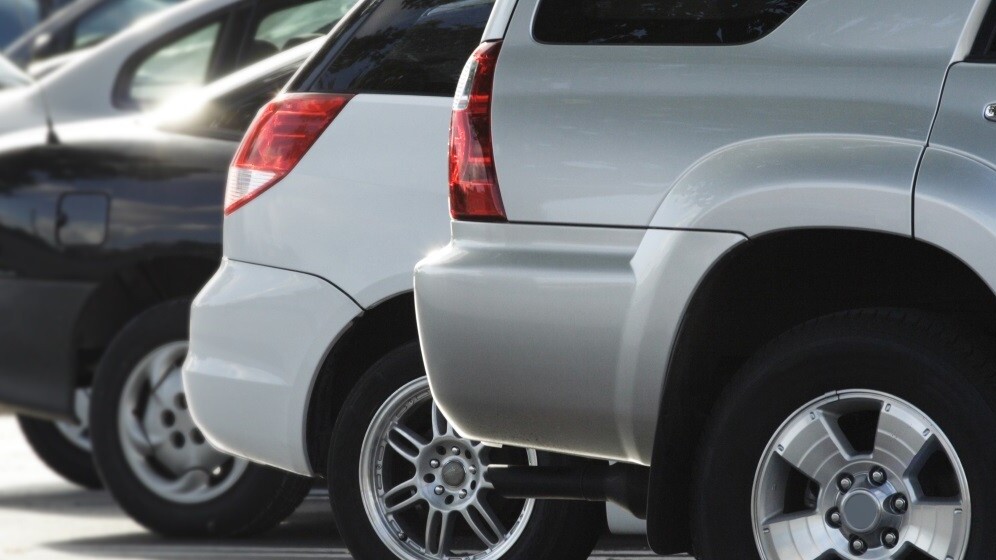
After becoming the premier name in helping drivers navigate the more unseemly aspects of getting around town, Waze has officially rolled out a trial version of its new ridesharing platform, RideWith, in Israel. The concept is simple: Waze will match you with a driver on a similar commuting routes, and in exchange you will provide a little cash to supplement the trip.
This model shouldn’t be anything new to ridesharers out there (remember ZimRide?), but in starting RideWith, Waze — and by extension Google — has opened its doors to a whole new layer of data. According to RideWith’s Terms of Service, Waze will have access to specific information about drivers — including makes and models of cars to help arrange carpools, Google Account location history to track commute patterns and last reported location, and timing to create events in a user’s Google Calendar.
This is the real payout of RideWith’s existence, as Google has the resources and existing infrastructure to capitalize on commuter/rider information in a way that Lyft and Uber cannot.
Here’s a short list of all the things Google and Waze can do with all of their shiny new ridesharing data:
Dissecting popular commute routes: Waze is currently very good at marking and judging traffic flow. On any given day, drivers report accidents, tips and other important pieces of information to help their fellow users avoid the tough stuff. But, through RideWith, Waze can also dissect the flow down to a rider level.
For example, it can now track the most popular work routes and discern where the highest volume of users are headed to. RideWith can tune out other riders, and essentially find out where people are most likely to drive to at 9am and drive from at 5pm.
Optimizing drive time: By knowing when and how people are specifically commuting to work, Waze could theoretically help drivers optimize their timing. Whether it’s offering alternate paths for popular routes, or nailing down variable rush-hour times, drivers could gain even more knowledge about how to avoid pesky problem areas around town.
Boosting Google Maps: Google has integrated traffic flow and accident markers into Maps, but as RideWith grows, that data could help make all of Google Maps a much more powerful tool. Google Maps could, for example, find the best routes for carpoolers, or automatically redirect users to new streets before traffic will hit. The benefit of known traffic trends means that Google Maps could move beyond real-time traffic alerts and become smarter with route selection.
Powering other Google Projects: Map data need not be limited to maps. It seems like RideWith and its carpool data would be a natural fit inside of something like Google Now, reminding users of carpool times or even suggesting users leave early to combat traffic. Carpooling data could better help Google put its users’ days in context, understanding daily rhythmic patterns to make personal assisting feel more personal.
In RideWith, Waze and Google have an opportunity to better multiple products over time, and boost its own GPS data power.
Read Next: Built by you: Google-owned Waze’s biggest asset is its community
Get the TNW newsletter
Get the most important tech news in your inbox each week.





